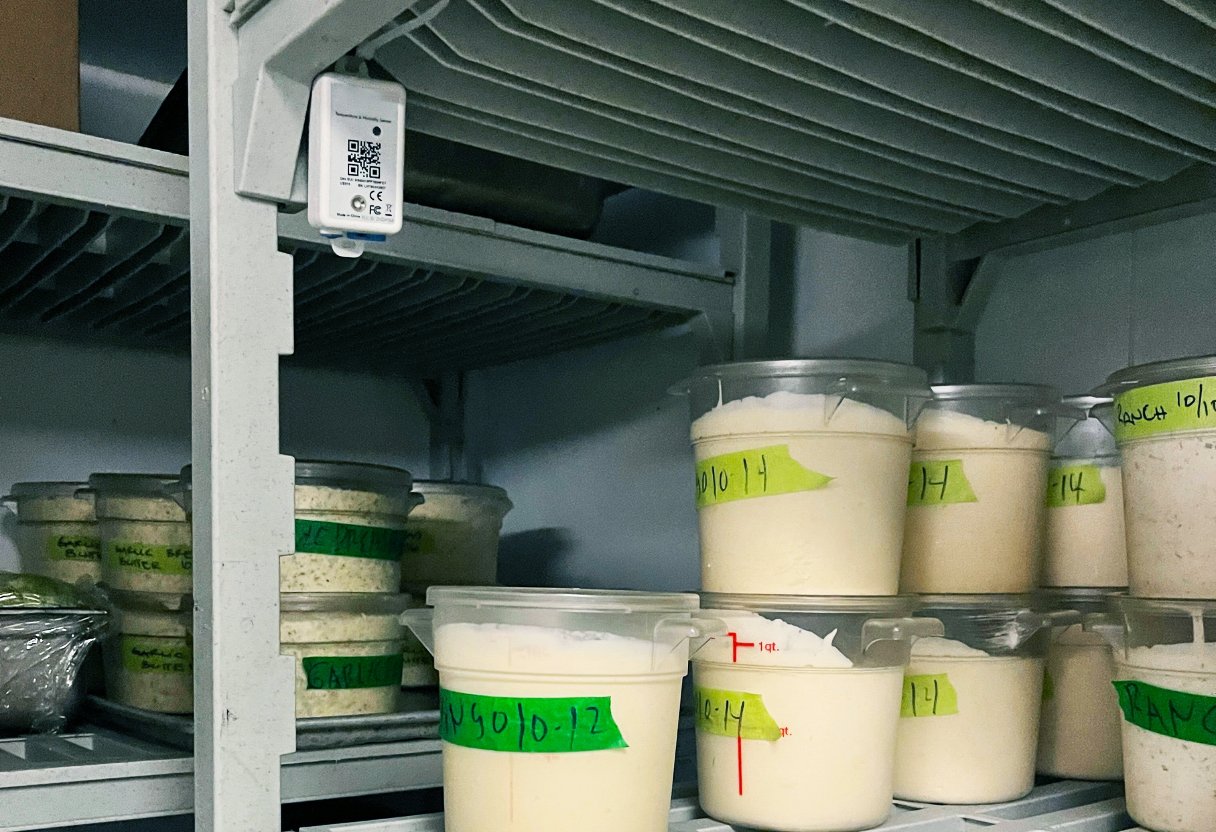Refrigeration: The Key to Food Safety and Quality

If you’re a food business owner, you know just how vital your walk-in cooler is—the importance of refrigerators in food operations cannot be understated.
Your walk-in cooler is essentially the stomach of your food business, and we know that your gut health is pertinent. The same applies to your cooling equipment. Like a stomach, your cooler stores inventory until it is needed.
However, we tend to rely heavily on our refrigeration systems yet sometimes forget to protect them.
Why refrigeration is crucial for food businesses
The CEO of Scoma’s Restaurant, Tom Creedon, mentioned how important it is for new restaurant owners to create a relationship with their refrigeration system.
“I think if you’re starting, it’s probably refrigeration you should put in,” he said. “It isn’t always great at first. You have balance problems like maintaining the temperature. [Refrigeration] has different types of controls.”
Here are the reasons why refrigeration is crucial:
- A good refrigerator will keep your food items at a consistent temperature, preventing them from spoiling. Maintained refrigeration keeps your customers happy and saves you money in the long run. The FDA Food Code requires all perishable foods to be held at or below 41°F. Food Code is especially crucial for perishable items such as meat, dairy, and produce.
- Another important use for refrigeration in restaurants is to store food for later use. Preserving food is especially helpful for busy restaurants that need to be able to prepare food in advance. By storing pre-packaged goods in the refrigerator, you can prep and cook them when ready to serve. Sustaining your fresh and packaged inventory helps keep your kitchen running smoothly and prevents you from wasting food.
What to watch out for
Refrigeration has its downfalls. Maintenance can be pricey and energy-intensive. Cooling energy consumption accounts for 44% of food service costs—the largest share of any source. While walk-in coolers are built to last longer than home refrigerators, they can still break down if not cared for properly.
Some of the most common reasons coolers stop working are:
- Blocked vents
- Dirty or faulty gaskets
- Not enough space
- Broken condenser fan
- The thermostat isn't set properly
One of the first signs of refrigeration system failure is an inability to maintain the correct temperature. Not only can temperature monitoring allow you to seek proper maintenance for your fridge before repairs become even more costly, but it can also save the lifeblood of your hospitality business: your inventory.
Continuously monitoring your walk-in’s temperature could make or break your inventory and the lifespan of your refrigerator. You should keep your refrigerator between 32°F and 40°F for optimal performance.
“These refrigerators take a real beating. This kitchen is $50,000 worth of business.”
—Tom Creedon
Scoma’s Restaurant uses GlacierGrid temperature monitoring to prevent their company from widespread food waste and failure.
Optimizing energy consumption is the secret ingredient for food businesses
Implementing automatic temperature monitoring systems, like GlacierGrid, can help optimize your energy consumption and prevent equipment failure.
Intelligent temperature sensors automatically record the temperature of refrigeration equipment, reducing traditional temperature management issues. Developed to perform inside coolers, freezers, and other harsh environments, GlacierGrid temperature sensors are easy to use, reliable, and convenient with a mobile dashboard you can check from anywhere.
Keeping your gut healthy is no different in your business. Help your refrigerator live longer with GlacierGrid—check it out here.







